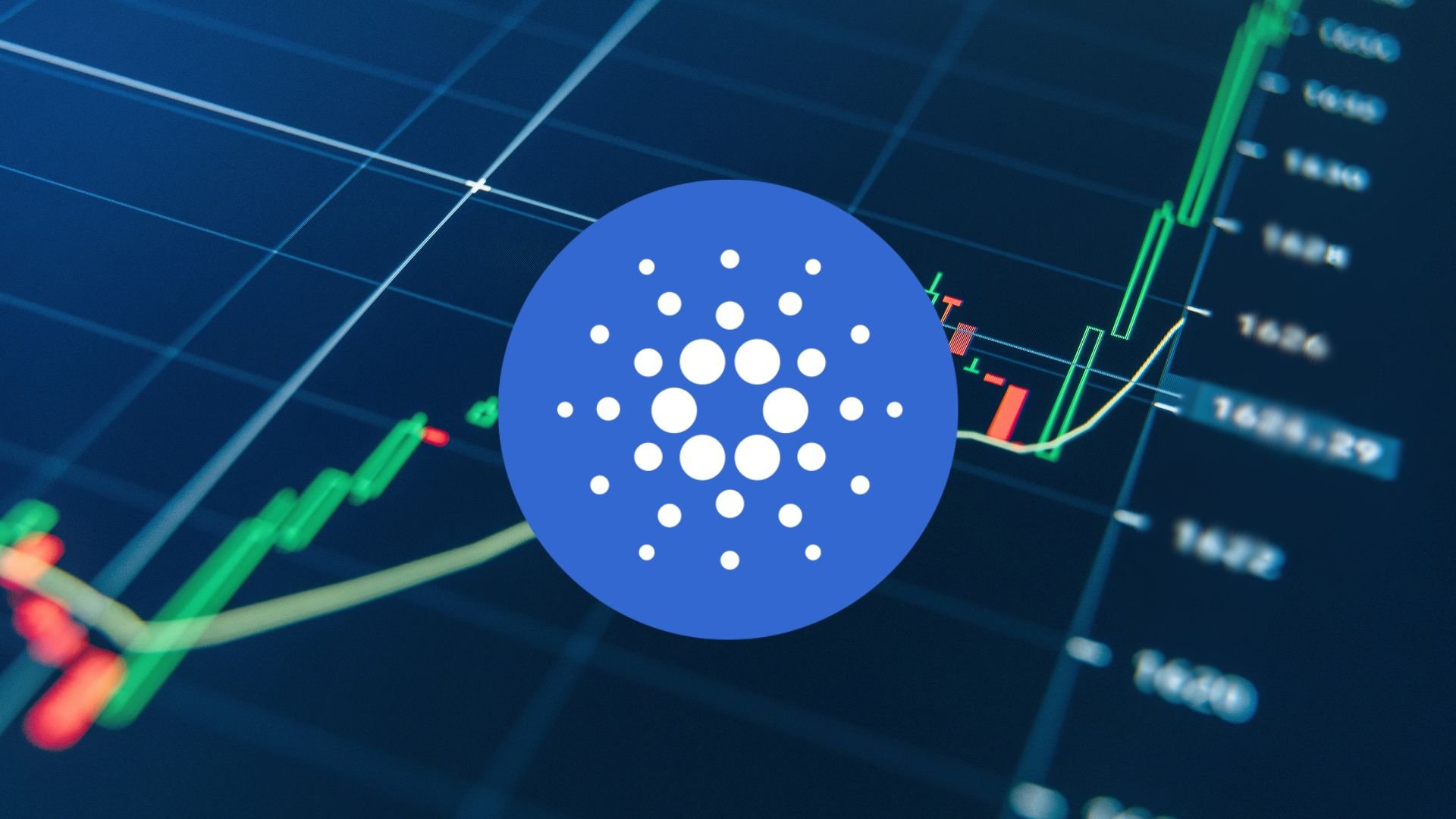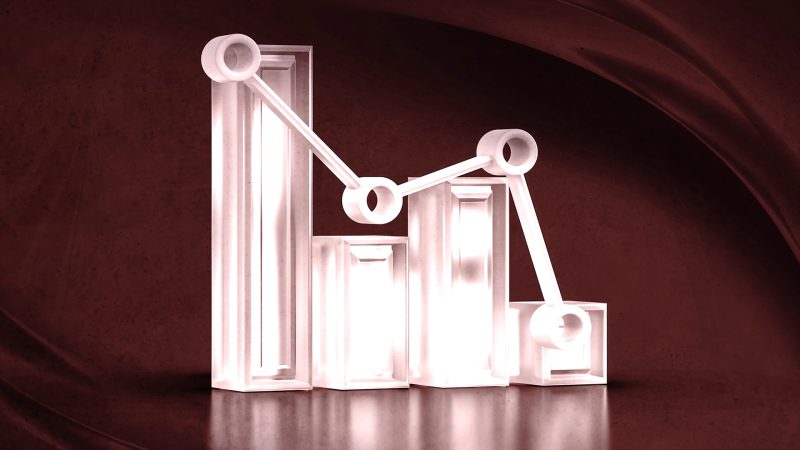Spring 2025 is shaping up to be a pivotal period for the crypto market, despite recent volatility and mass liquidations. The industry is gearing up for a number of tech launches that could change the balance of power: Ethereum will introduce the Pectra upgrade to improve scalability, MEXC will launch a hybrid exchange for simplified crypto asset trading, and Hemi Network will launch a mainnet to merge Bitcoin and Ethereum. It remains to be seen whether these developments will lead to another market surge, but they certainly lay the groundwork for future growth. Innovations in DeFi, AI integration, and infrastructure expansion highlight the industry’s desire to adapt and evolve, even amid macroeconomic uncertainty.
MEXC Launches Hybrid Exchange — DeFi and CEX Under One Roof
While most exchanges choose between a centralized or decentralized side, MEXC is taking the path of fusion. In March 2025, the platform launched a next-generation hybrid exchange that combines the liquidity of centralized markets with access to decentralized protocols, all in one interface.
The DEX+ Wallet offers access to on-chain assets across various blockchains and seamless multi-chain trading, backed by institution-grade security. It combines the diverse asset options of decentralized platforms with the robust security and user-friendly experience of centralized exchanges, providing users with a streamlined and highly secure trading experience.
With UX becoming a key battleground, MEXC's bet on a unified hybrid platform looks like a timely (and potentially game-changing) move.
Ethereum Pectra’s upgrade
Ethereum’s upcoming Pectra upgrade, slated for mid-March 2025, is a major step toward improving the network’s scalability, efficiency, and usability. By merging the previously separate Prague and Electra upgrades, Pectra introduces critical enhancements such as flexible gas payments, optimized staking options, and technical advancements like Verkle Trees and PeerDAS. A key highlight is account abstraction, which allows users to pay transaction fees with ERC-20 tokens like USDC instead of being limited to ETH. This shift simplifies transactions and enhances user accessibility. Additionally, Verkle Trees and PeerDAS improve data management and reduce storage demands, ensuring a more efficient Ethereum ecosystem.
The upgrade will roll out in two phases, with the initial implementation in March 2025 focusing on increasing layer-2 storage capacity, lowering fees, and expanding validator staking limits. The second phase, expected in late 2025 or early 2026, will integrate advanced optimizations to further enhance network performance. Pectra builds upon the foundation laid by the Dencun upgrade in 2024, which introduced proto-dank sharding to reduce layer-2 transaction costs. By addressing key bottlenecks, Pectra positions Ethereum for broader adoption and long-term sustainability, reinforcing its role as the leading smart contract platform.
TRON Removes Fees — Completely
Many blockchains are reducing fees. TRON has decided to go further and completely eliminate gas for transactions in its ecosystem. The new feature, introduced in early March, allows users to send transactions without any fees — by redistributing revenue within the network.
For users, this is a breath of fresh air, especially in DeFi and NFT applications, where micropayments were unprofitable due to fiat. For developers, it is an incentive to rethink the UX in favor of the mass user. The network is already recording an increase in activity, especially in the markets of Southeast Asia, where the cost of transactions is a critical factor.
Tether launches an AI platform
When one of the largest stablecoin issuers suddenly goes beyond the financial infrastructure, it is already an event. In March 2025, Tether introduced its own AI platform focused on blockchain applications with artificial intelligence. Unlike typical hype-driven AI efforts, Tether is focusing on infrastructure: the launch includes a framework for developing AI models in a Web3 environment and a computing architecture powered by self-governing nodes. This could change the approach to decentralized storage, data analysis, and predictive model building on the blockchain.
If the platform is adopted by developers, Tether will be able to occupy a unique niche between AI and Web3 — and strengthen its influence beyond USDT.
Hemi Network Brings Bridge Between Ethereum and Bitcoin
What if you combined the resilience and security of Bitcoin with the flexibility of Ethereum? This question is now answered by Hemi Network, a new mainnet aimed at uniting two of the largest ecosystems in a single decentralized structure. The network uses a hybrid architecture and an original smart contract interoperability model, which allows it to run EVM applications with Bitcoin security at the base level. This is not just a "bridge" — it is an attempt to reboot the very concept of interoperability in crypto. While analysts argue about the feasibility of ambitions, the market votes with interest: validator activity and TVL are growing rapidly.
Disclaimer: This is a sponsored article and is for informational purposes only. It does not reflect the views of Crypto Daily, nor is it intended to be used as legal, tax, investment, or financial advice.

 1 day ago
18
1 day ago
18







 English (US) ·
English (US) ·